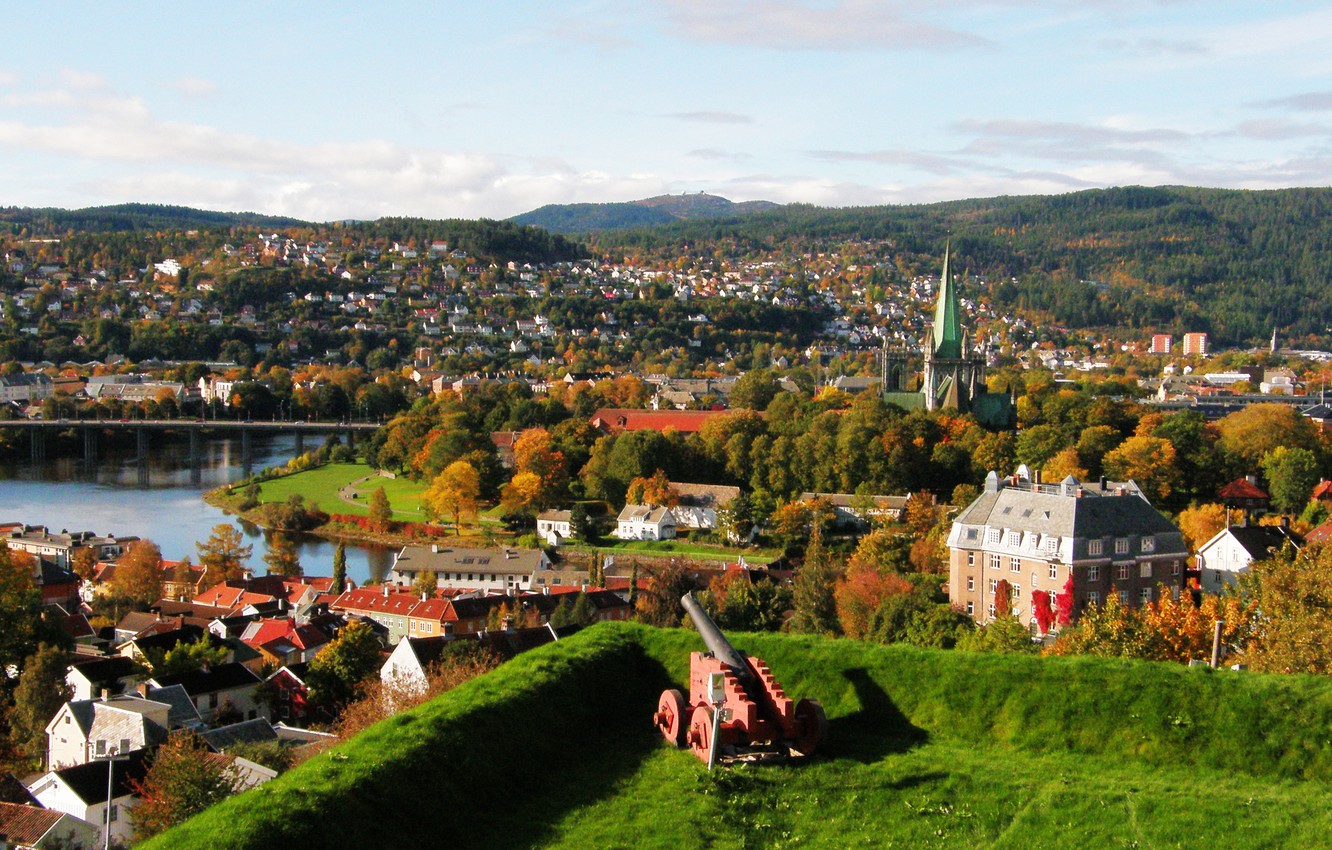
Towards digital twins for understanding and managing underground thermal energy storage systems
Please login to view abstract download link
Whether for seasonal or short-term storage operations, an underground thermal energy storage (UTES) system stores heat from some source (e.g., waste incineration, industrial cooling system or excess electricity) in the subsurface, for recovery and use later when demand and energy prices are higher [1]. A UTES system may be complex, integrating one or more reservoirs, several injection and production wells, heaters, heat pumps and exchangers, all of which must be properly configured and controlled to take into account fluctuating heat supply and demand. Ultimately, the profitability of a UTES system depends not only on the thermal reservoir itself, but on the configuration of surface facilities and the dynamic environment in which it operates. To investigate optimal management and understanding of a UTES system, digital models play a central role. Ideally, such models should describe subsurface characteristics and behaviour, including transfer of mass and heat within the pores and fractures and interaction with injection/production wells, in addition to all relevant components for distributing the thermal energy in the system (e.g., heat sources/sinks, flow and heat pumps, heat exchangers, pipeline heat loss, etc.). Moreover, a simulation framework of this kind should also be 1. composable and modular in the design of system components; 2. able to integrate and adapt to external data streams (real-time/forecast); 3. fully differentiable, i.e., able to provide sensitivities/gradients; 4. able to quantify uncertainty. A system incorporating all these features could be described as a digital twin of the geothermal plant [2]. In this work, we describe our geothermal simulator [3] developed in the MATLAB Reservoir Simulation Toolbox (MRST) [4], how it can be integrated in a larger system model, and how this can be practically used for operational support and iterative model tuning. This constitutes an important first step towards building a fully featured digital twin system for underground thermal energy storage, and we demonstrate the methodology through a worked example.

